Shaggy Parasol / Summer / Autumn / Edible
Scientific Name
Chlorophyllum Rhacodes
Common Names
Shaggy Parasol
Family
Agaricaceae
Habitat
They are saprotrophic and can be found in most types of woodland but most commonly they are found near conifers.
Description
A fairly common mushroom sometimes found in large troops, they can also grow in rings or individually.
Identifying Features:
Cap:
Round and smooth when young they become more convex as they mature and develop their shaggy scales. They can sometimes flatten out completely with age but they always retain a raised central umbo. The flesh will stain red when damaged. When fully grown the caps can be up to 20cm across.
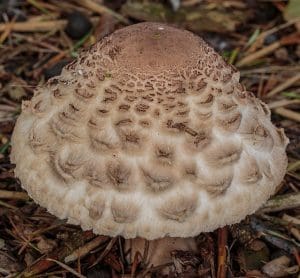
Stem:
White to pale pink in colour, the stem is smooth with a double ring, tending to get more bulbous towards the base.
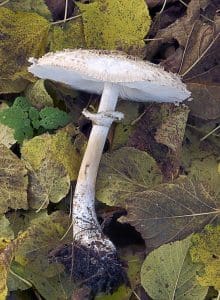
Gills:
The free, crowded gills are white when young, becoming tanner in colour with maturity. The gills will stain red when damaged.
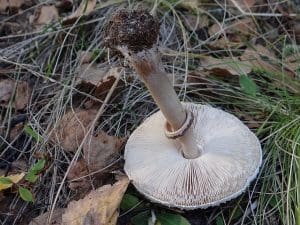
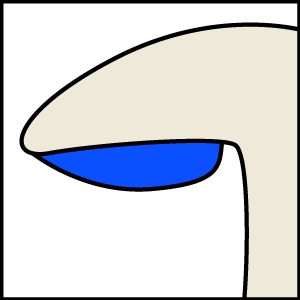
Smell:
Pleasant mushroomy smell.
Spores:
White to pale cream.
Uses
In food
They must be thoroughly cooked before consumption and even then they aren’t tolerated by everyone.
If it is your first time trying them you’re advised to thoroughly cook a small part and wait 24 hours to see whether there is any adverse reaction.
If you are able to tolerate them they are a lovely mushroom with a rich flavour that works well in most dishes, particularly cream sauces.
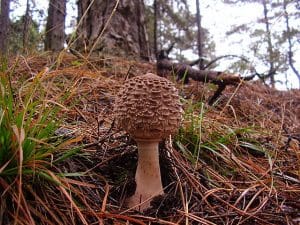
Harvesting
Care must be taken when harvesting as they can be mistaken for some of the deadly Amanitas due to the fact they have a bulbous base that can look like an egg sack.
Known hazards
Tasty for most but they can cause gastric issues in roughly 1 out of 25 people even after they have been thoroughly cooked.
Potential lookalikes
The most similar looking mushroom is the Parasol Mushroom (Macrolepiota Procera) this tends to be slightly larger and has a snakeskin pattern of scales on the stem. Other Lepiota species can be ignored if the caps are more than 15cm across.
Extra Notes
The taxonomy of this species has recently changed so older guides may list it as Macrolepiota Rhacodes.



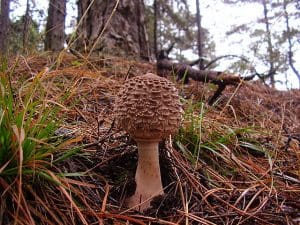
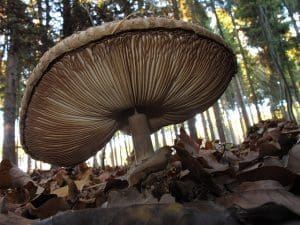



Leave a Reply
You must be logged in to post a comment.